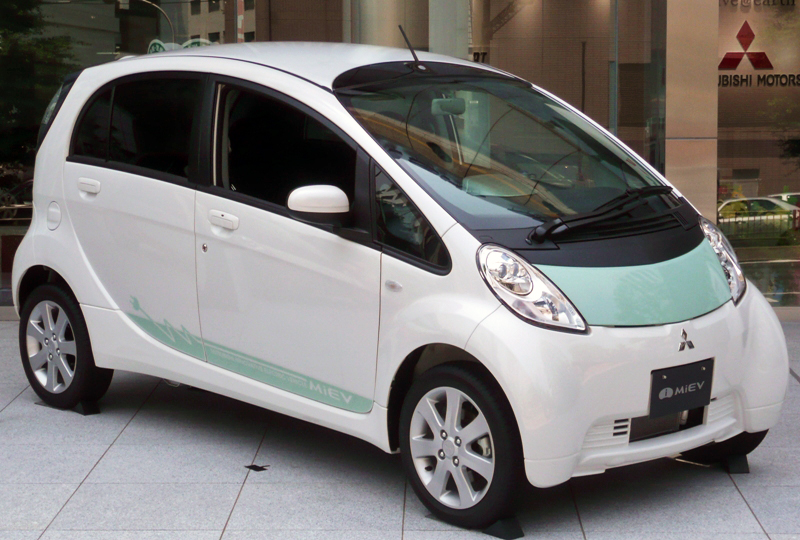Way back in the mists of time (so sometime in mid 2010 from memory), Transition Kenmore put in a submission to a state government inquiry into "Growing Queensland’s Renewable Energy Electricity Sector". This was set up to look at potential renewable energy targets, what the government could do to promote renewables and the value for money from Govt policies etc.
The Environment and Resources Committee has now released its
recommendations. So let's have a brief look at their vision for the future. (Quick note, these are committee recommendations not official govt policies).
1. The inquiry wants the state government to encourage the federal government to get on with the job of putting a price on carbon. - A carbon price will encourage investment in renewables. It will also go someway towards mitigating one identified "barrier" to renewables, which is that they are more expensive that polluting sources of power because these polluting sources get free use of the atmosphere as their garbage dump.
2. The governments top priority should be energy efficiency. - To some degree this makes sense, efficiency is a cheap way to decrease greenhouse gas pollution, although it doesn't actually make power stations any cleaner.
3. The governments second priority should be to set a target for 20% of QLD's electricity to come from
gas fired generation by 2020. - This is a bit of an odd one, since the inquiry didn't set out to look at this non-renewable form of electricity at all, but somehow more gas generation has become a more important priority that any policy regarding renewables.
4. The QLD government should set an
aspirational target for 20% renewables by 2020. - This is the same level as the mandatory national
RET scheme. So while it would appear the committee would like more renewables, they feel no great need for QLD to lead the way or try to surpass the national average.
5. Replace diesel generators with renewables in remote Indigenous committees. - A worthy goal, but not one that will have a large impact on the make up of the state's power generation.
6. Review of the current feed-in tarrif. Is it cost effective? Should it be available to larger sized solar arrays and non solar technologies? Would interest free loans to help buy the systems be a better scheme? - From memory, TTKD proposed the Govt look into allowing the cost of renewables systems to be paid off via council rates bills over ~10 years, but this obviously didn't make the cut, perhaps because it requires council participation.
7. A few recommendations for getting more households to buy
Greenpower and to allow future public charging stations for electric vechicle to be supplied with renewable energy.
So there you have it, no recommendations to specifically encourage large scale (ie: 10s to 100s of Mw) renewable energy power plants in Queensland, or that the government should invest in making these happen. No recommendations relating to helping connect renewable power plants to the grid despite the fact this was identified as a "key barrier" faced by renewables. A bit of tinkering here and there, an
aspiraitonal renewable energy target and a hard target for lots more gas power plants (which still emit a lot of greenhouse gasses).
One could be tempted to conclude that an inquiry which was designed to recommend how best to promote renewables but which then spruked non-renewables gives a good insight into the priorities of the government.
Somewhat ironically, given the fairly tepid nature of the report, it is interesting to note that the LNP members of the committee issued a
dissenting report. It is heavy on taking points, has no policy suggestions for promoting renewable energy, and leaves one with the feeling that although these members
say they support renewable energy, that's about the current limit of LNP policy.
Pretty uninspiring all round really.
![]() Join the event on facebook
Join the event on facebook 


